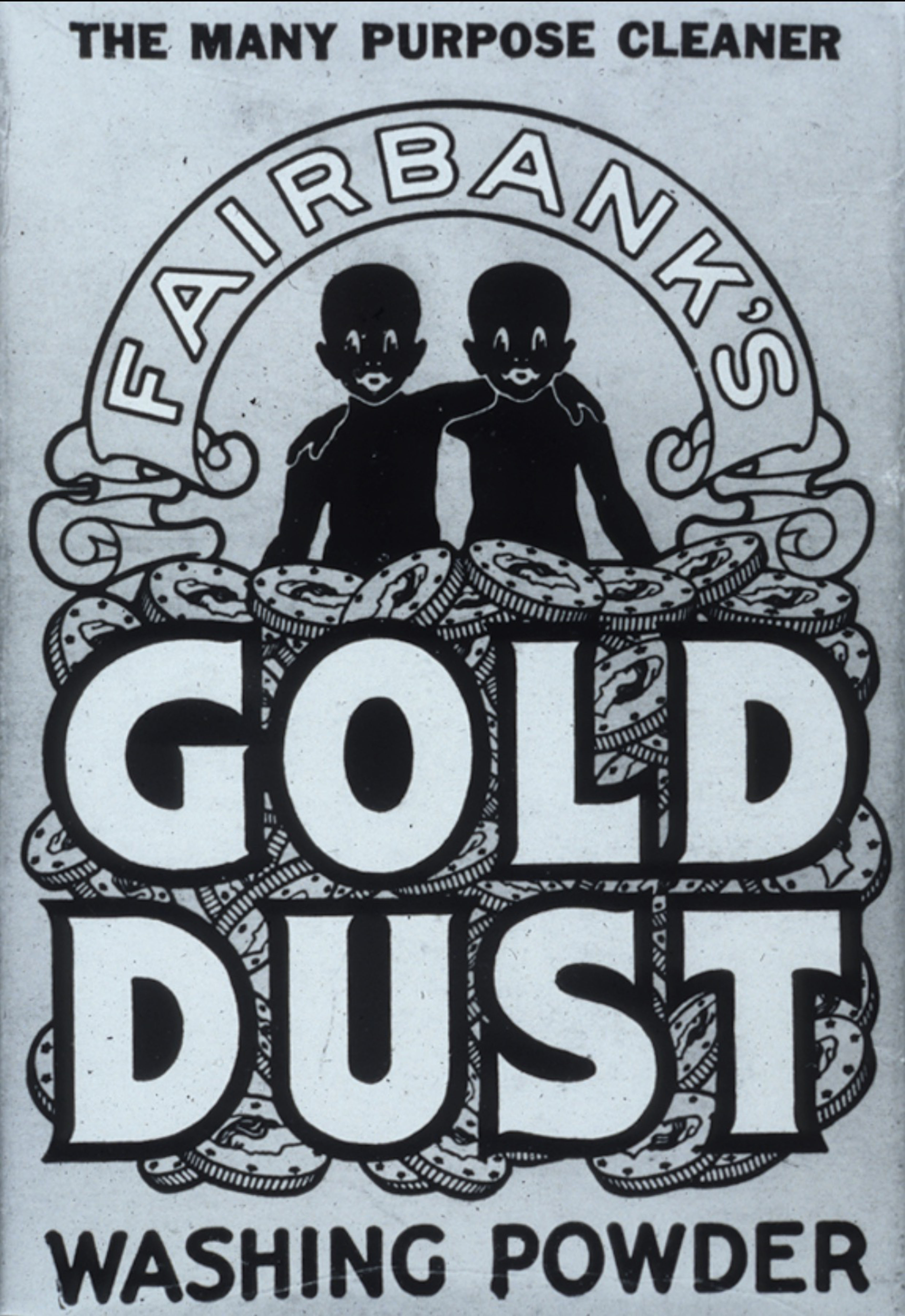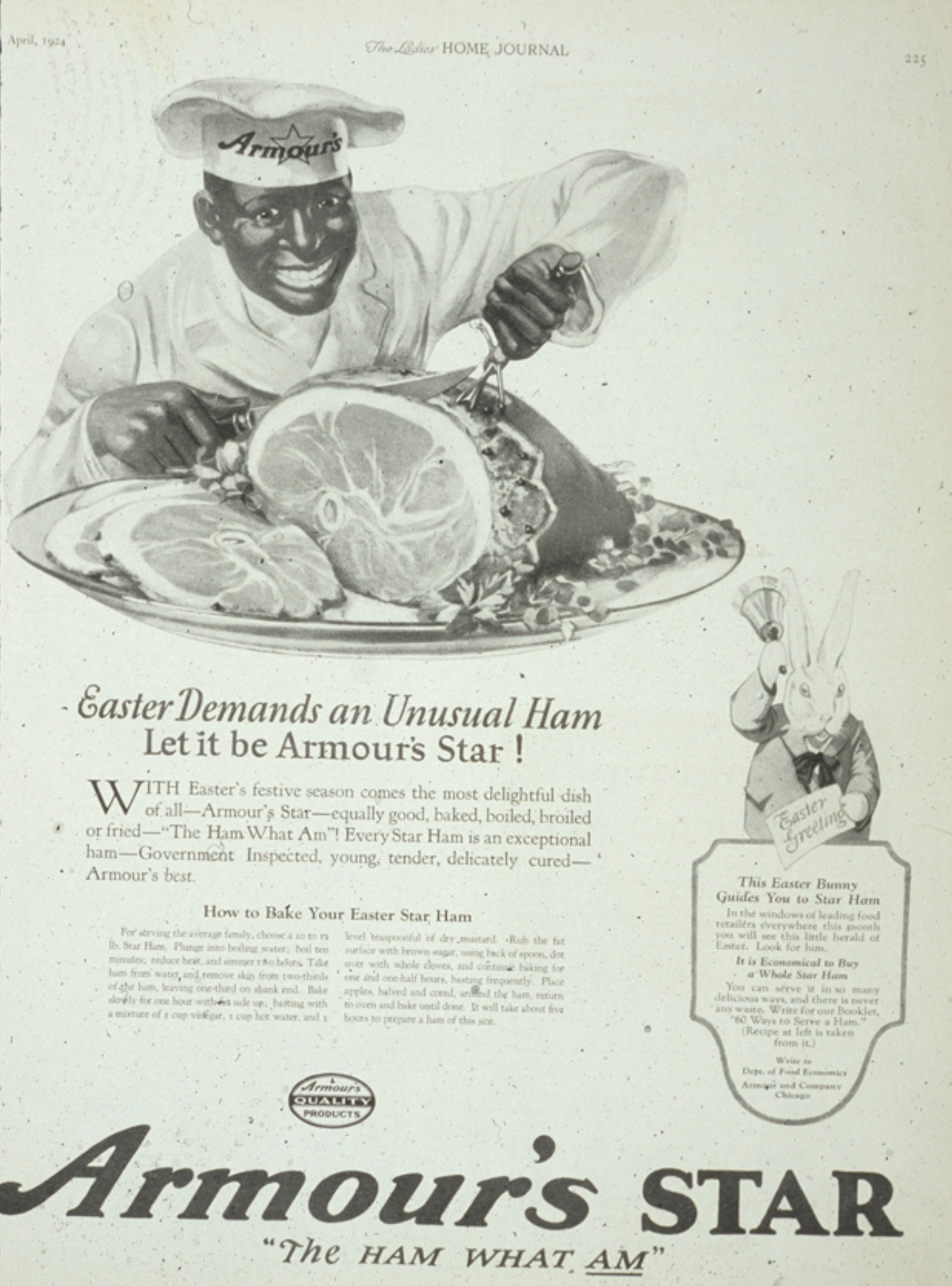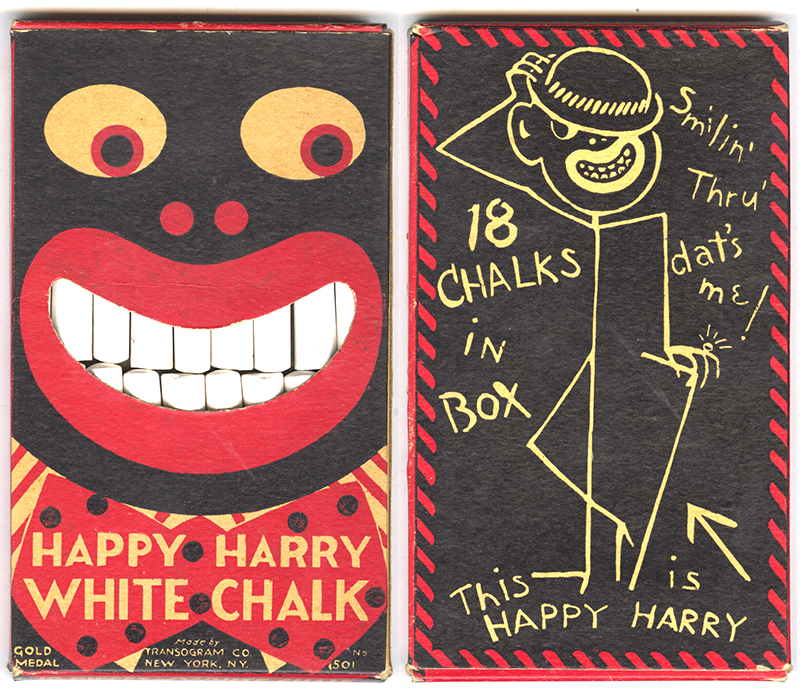
The power of mainstream, routinely accepted, racial and ethnic stereotype images widely published in the United States during the late nineteenth and twentieth centuries did more to foster the stigma of being different than even more venal forms of supremacist rhetoric. As compared to purely hateful obscenities, commercial, graphically designed images were also used to exploit these caricatures for commerce and entertainment—negatively branding minorities so they were in some way palatable to the “true” Americans.
Perhaps the most lasting excess of both benign and gross caricatures was the inexorable use of visual ridicule in the mass media aimed at black Americans and Africans. Graphic inspirations derived from various sources, including slavery and colonialism, and were portrayed through exaggerated physical and behavioral traits. There were scores of cliché characterizations from clownish minstrels to menacing dandies, from Pullman porters to corpulent mammies, comprising a large vocabulary of accepted racist ridicule. Even the most comedic and supposedly harmless portrayals in advertisements, comics, and other popular arts fostered racist representations that were accepted as so normal it took decades to counter and expunge.
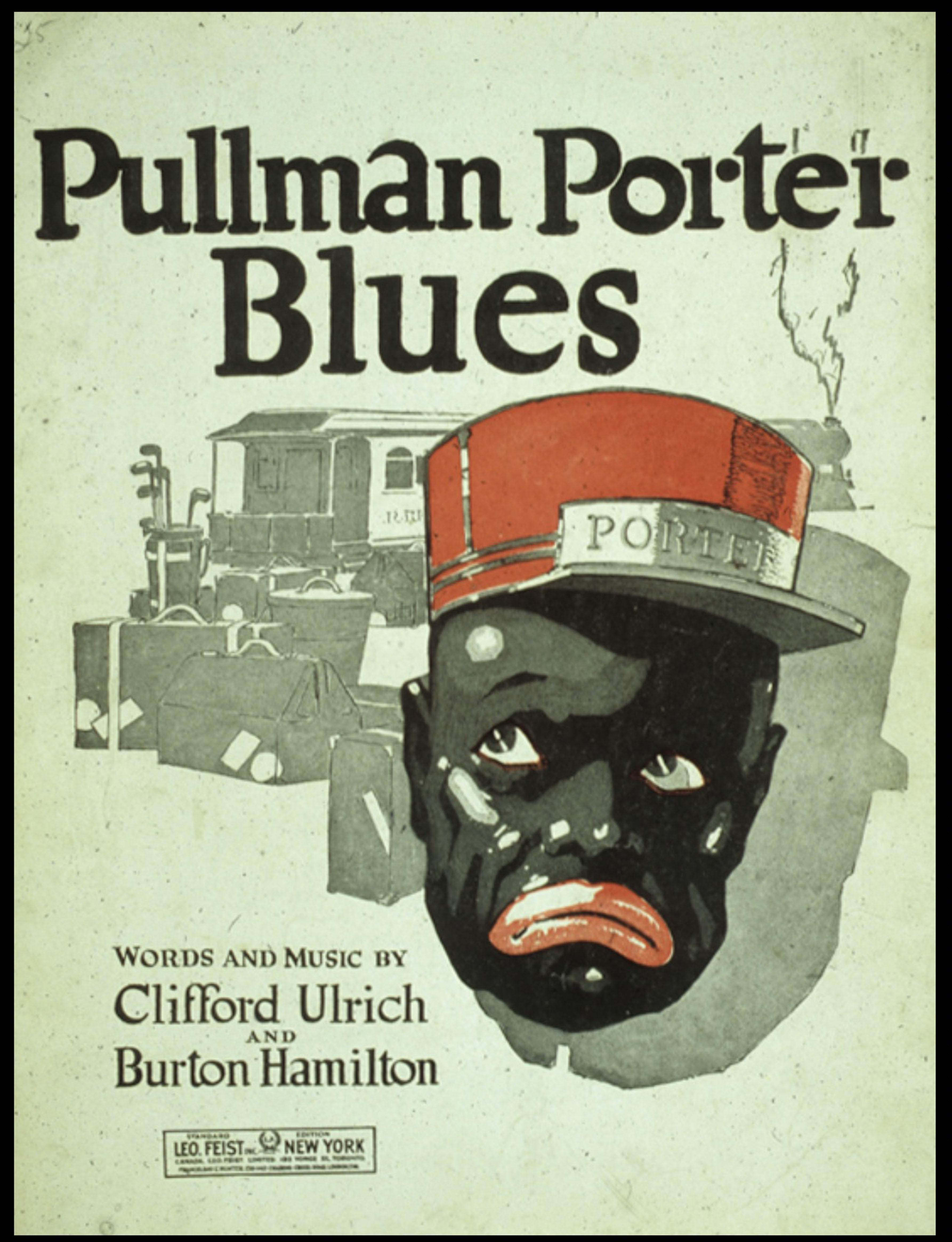
Many of the most insipid stereotypes were business and product trademarks. For instance, the Gold Dust Twins (two comical African pygmies, mascots for a leading household detergent) were common in homes throughout the 1950s—and few people thought they were insensitive. Today, of course, there would be waves of protest at the thought of such pictures, but when the Twins were conceived this was a popular genre known as the “friendly trade character”—mnemonics that gave a brand its distinct personality.
African Americans were often used on product labels as identifiers for certain foodstuffs and staples because, referring to their standing in life, they were associated with housework—either as cooks or picking crops in the field. Playing off skin color, African Americans were also used to advertise soap products, like an ignominious Pears Soap ad showing a black child being scrubbed so thoroughly that his skin turned white. In the early twentieth century, ethnic and racial trade characters were as valued as logos are today. A 1915 issue of the trade journal the Poster reported that among American housewives, the most popular, indeed friendly, brand identifiers were the Armour Meat Company and Cream of Wheat chefs—both black men; and Aunt Jemima, the former plantation mammy who, over the years, has been transformed into a housewife. These were popular precisely because customers identified with them as warm-hearted people who were disposed to the needs of the average white household. Today Aunt Jemima is so positively engrained in the popular subconscious that rather than retire her entirely, her brand-minders have removed the bandanna and given her a mainstream persona.
The practice of developing character “avatars” continues minus the racial exploitation, with the exception of benign images like Aunt Jemima and Uncle Ben. There were, however, others not as well known and more insensitive to racial and ethnic concerns, that could never have survived.
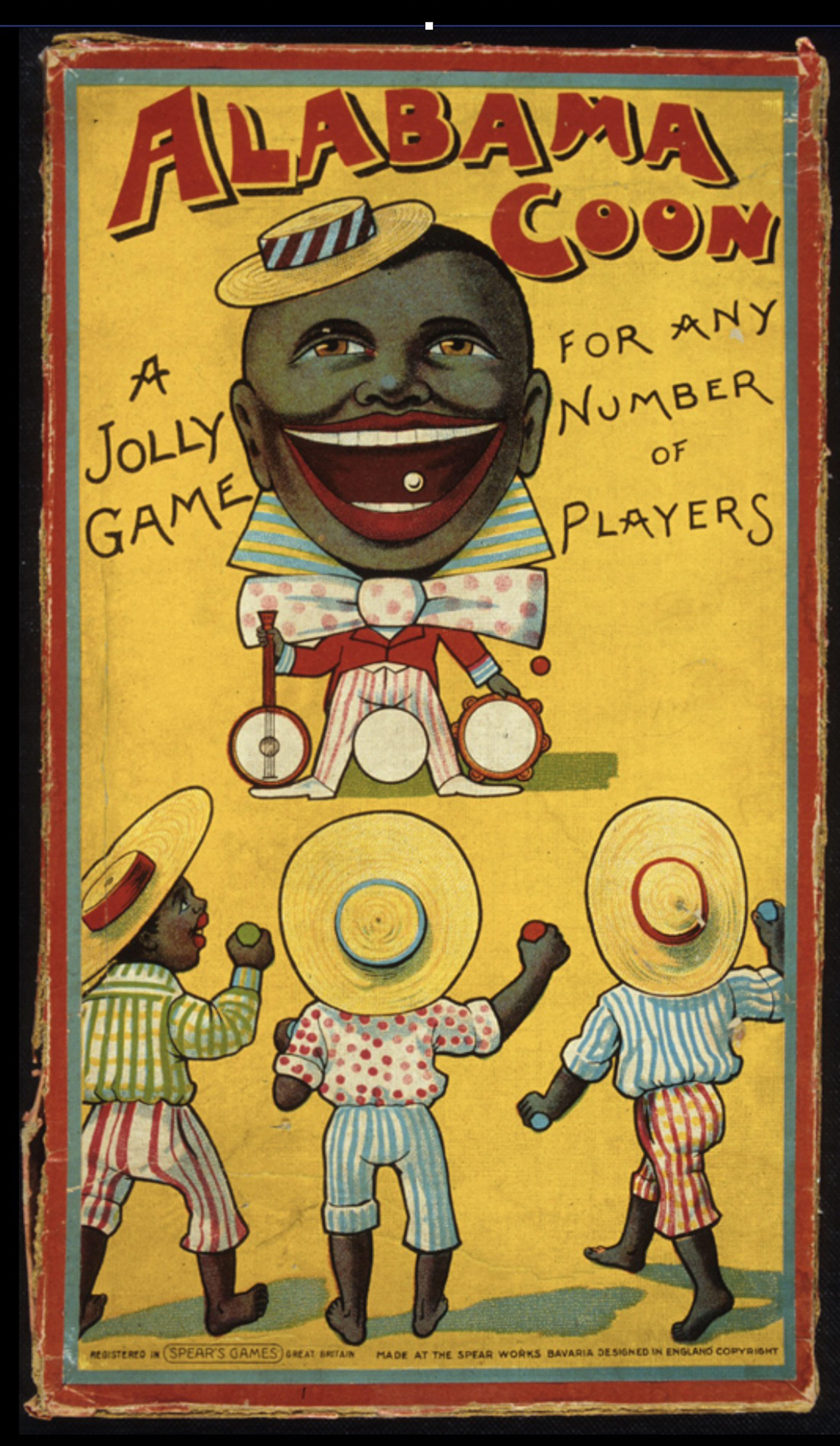
Black stereotyping was at its height during Reconstruction—from the end of the Civil War through the 1890s—when the population expanded into urban areas and more goods and services were produced. Competitive enterprise grew at a fast pace, and the design of advertising, including trade cards, posters, and collateral ephemera, were used with racial graphic leitmotifs. Comical physiognomic distortion was also used with impunity for political and social satire, and as diversions in forms such as the Currier and Ives print series “Darktown.” Although every race and ethnicity arguably got their turn in the spotlight, African Americans were saddled with various slave (“Uncle Tom”) images and the black minstrel in blackface—the latter was so popular that white performers would put on burnt cork to entertain in theaters that otherwise restricted black people.
Some historians argue that racial stereotyping represents indigenous American humor, suggesting that humor was a means of integrating others into society. Yet early American misrepresentation and isolation of race developed in part from the popular arts. While contemporary graphic artists and designers are more inclined to understand the ramifications of their work, the lessons of the not-so-distant past underscore the potential ability of graphic design to undermine as well as to empower.
